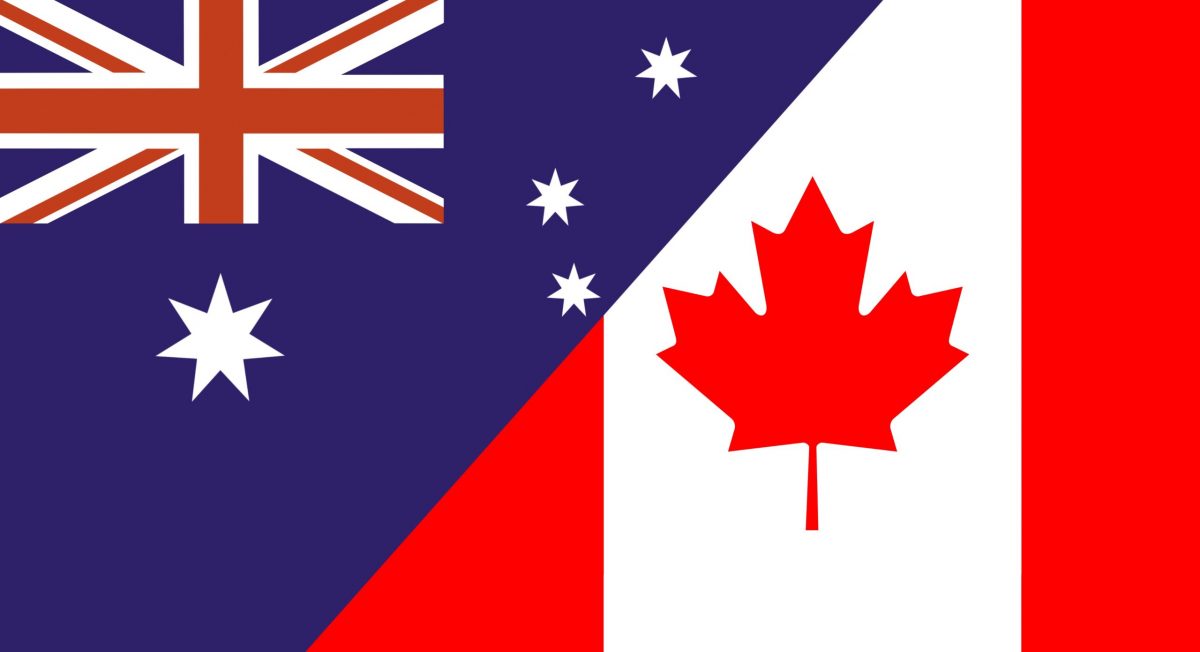Summary
- Both Canada and Australia saw centre-left incumbents re-elected, significantly driven by voter backlash against Trump’s aggressive trade policies and rhetoric.
- In Canada, the Liberals decisively replaced Justin Trudeau with Mark Carney, whose distinct style and economic expertise effectively differentiated him from his predecessor.
- Australia’s Anthony Albanese leveraged his reputation for stability and moderation, capitalising on opponent Peter Dutton’s controversial Trump-like policies and rhetoric.
- Economic and national sovereignty concerns prompted by Trump’s tariff threats united voters in both countries behind leaders advocating calm and competence.
- While Canada’s Liberals secured a minority government reliant on coalition support, Australia’s Labor Party won a decisive parliamentary majority, providing greater political stability.
Details
Recently, two key global democracies—Canada and Australia—have provided fascinating case studies of how international influences, particularly from the United States, can decisively shape electoral outcomes.
At the heart of these electoral narratives was none other than Donald Trump. Despite neither Canada nor Australia featuring Trump himself as a candidate, his policies and rhetoric profoundly impacted voters in both nations, ultimately propelling centre-left governments back into office.
A Decisive Gamble in Canada
Canada’s Liberals, facing declining popularity under Justin Trudeau’s leadership, boldly replaced their incumbent with Mark Carney, a respected technocrat with a starkly different profile. This gamble was risky—an internal reshuffle to replace an established political figure could easily have destabilised the party further. However, it proved inspired.
When Trump began aggressively promoting tariffs and even suggested annexing Canada as the “51st state,” Carney’s calm, pragmatic image resonated strongly. Canadian voters, who were uneasy about Trudeau and the Liberals, quickly rallied around Carney, who adeptly positioned himself as the best defence against Trump’s threats. In contrast, the Conservative leader, Pierre Poilievre, struggled to distance himself from perceptions of Trump-aligned populism and ultimately paid the price.
The Liberals’ internal decisiveness, coupled with an externally influenced wave of nationalism prompted by Trump’s antagonism, turned what could have been a catastrophic electoral defeat into a surprising victory—albeit a minority government requiring coalition-building skills.
Australia’s Dramatic Reaffirmation
Meanwhile, in the Pacific, Australia’s political story echoed Canada’s but unfolded with crucial differences. Prime Minister Anthony Albanese of the Labor Party, unlike Canada’s Liberals, was not navigating internal leadership turmoil. Instead, his challenge lay in reassuring Australians unsettled by Trump’s escalating global disruptions—particularly aggressive tariffs impacting key Australian industries.
The opposition, led by Peter Dutton, disastrously embraced rhetoric reminiscent of Trump’s polarising style, including aggressive nationalism, cultural conservatism, and controversial public-sector cuts. Dutton’s policies, including a push for nuclear power and cuts to public services, unsettled voters already anxious over economic stability amid Trump’s volatile trade policies.
Albanese, adept at presenting himself as a steady hand in turbulent times, capitalised brilliantly on voters’ desire for stability. The Australian electorate decisively rejected Dutton’s populism, granting Albanese a resounding landslide victory and a comfortable parliamentary majority.
Common Threads and Crucial Differences
Both elections saw voters decisively reject political figures perceived as too closely aligned with Trump’s style and policies. This “Trump factor,” an external disruption, unexpectedly became a gift for centre-left parties able to position themselves effectively as moderate, competent alternatives.
However, the differences are equally instructive. Canada’s Liberals actively reshaped their party to change voter perceptions, a strategic internal decision amplified fortuitously by external events. In contrast, Australia’s Labor leveraged incumbent strength, stability, and consistency without a drastic internal shake-up.
Additionally, the geopolitical recalibration in Canada—pivoting away from dependence on the U.S.—contrasts starkly with Australia’s complex need to balance economic interests with China and military alliances with the United States.
Analysis
These elections underscore critical lessons:
- Decisive internal leadership moves can significantly reset voter perceptions, especially when amplified by external events.
- Populist and divisive tactics carry significant electoral risks, especially in contexts sensitised to economic or geopolitical instability.
- Authentic stability, competence, and moderation are powerful electoral assets during turbulent times.
Both elections highlight the remarkable influence of external global forces—particularly Trump’s abrasive foreign policy—on domestic voter decisions. Yet, they underscore two distinct paths to electoral success in response to this turbulence. Canada’s experience demonstrates the effectiveness of making bold internal leadership decisions, while Australia’s case reveals the power of calm, steady-handed leadership against the chaos of populist politics.
Critically, these narratives offer a cautionary tale for parties globally: aligning too closely with Trump’s populist rhetoric has consistently proven politically perilous. In both nations, voters decisively rejected political platforms closely associated with Trump’s confrontational style, opting instead for leaders perceived as steady, competent, and capable of navigating the uncertainties of an increasingly turbulent international landscape.
In the end, both Canadian and Australian voters made clear that, in volatile times, bold but considered leadership earns their trust. While fortune favoured Canada’s brave strategic pivot, Australia’s reaffirmed trust in stable leadership equally underscores that in the politics of uncertainty, sometimes the boldest move is simply to remain calm.
